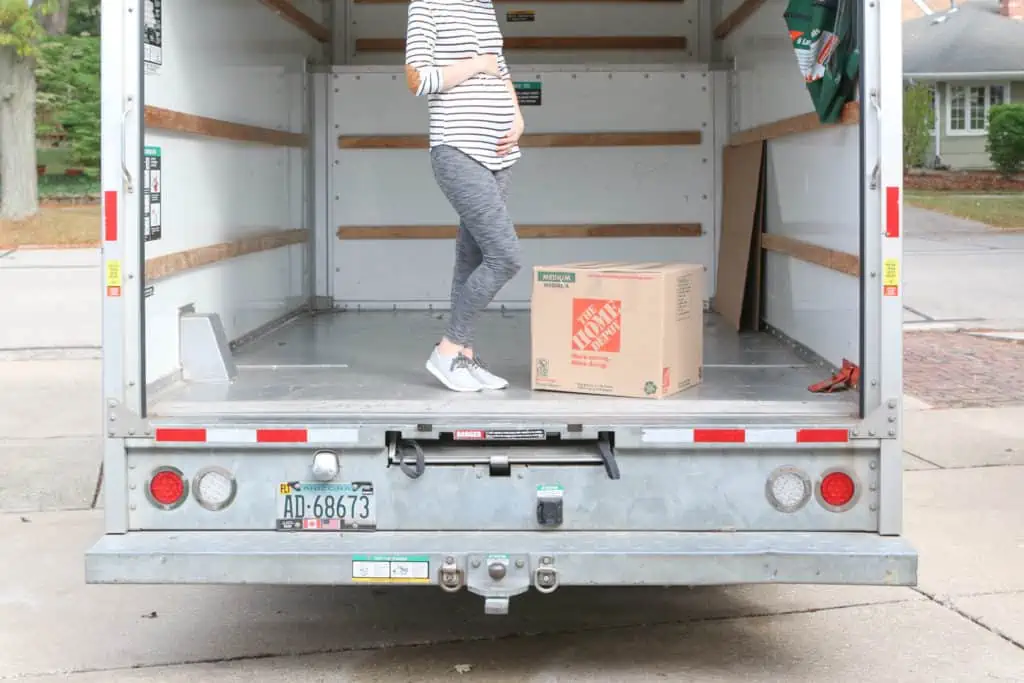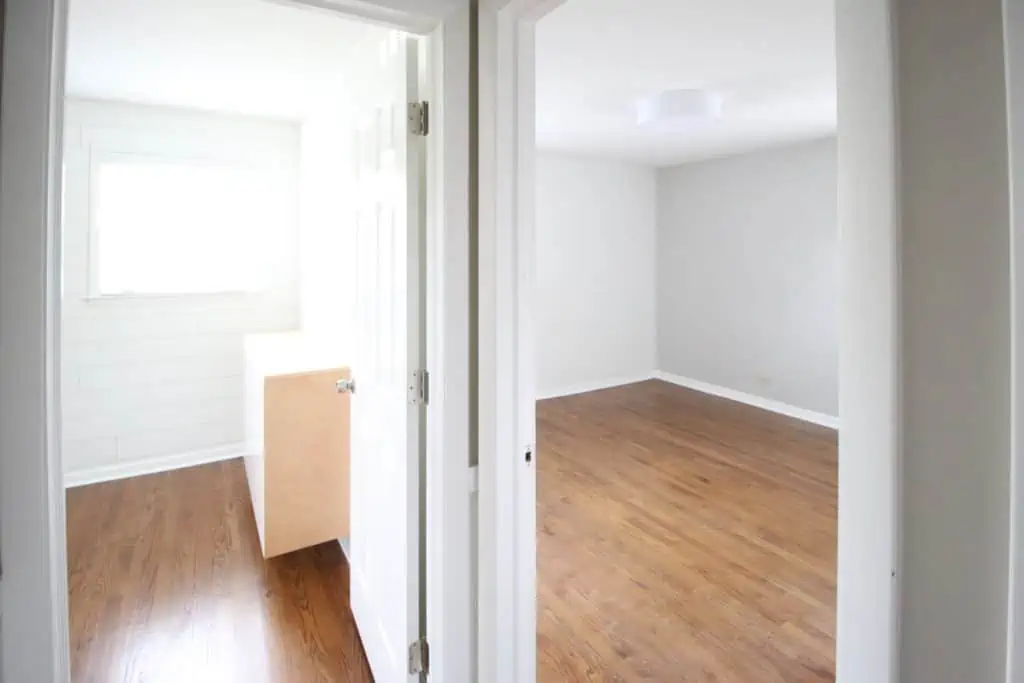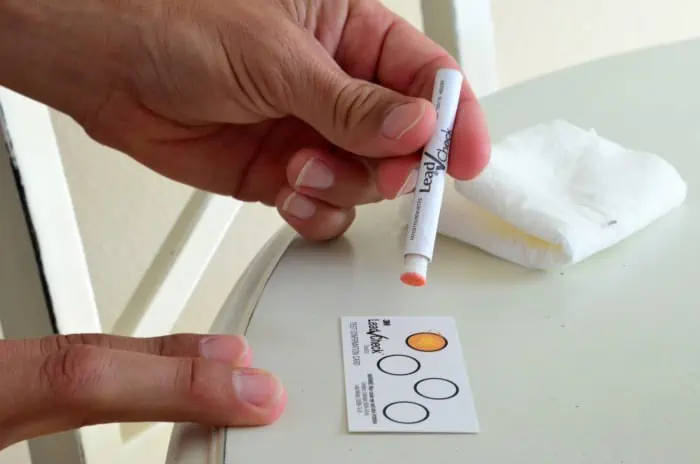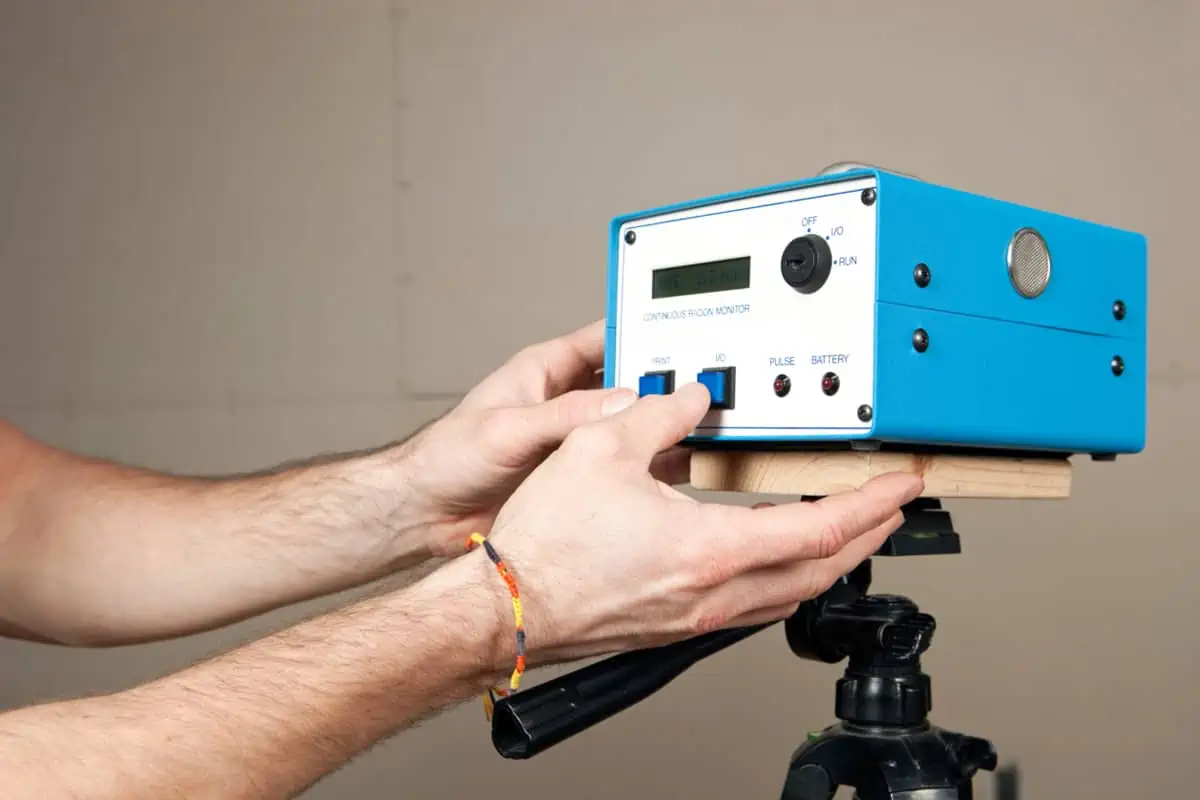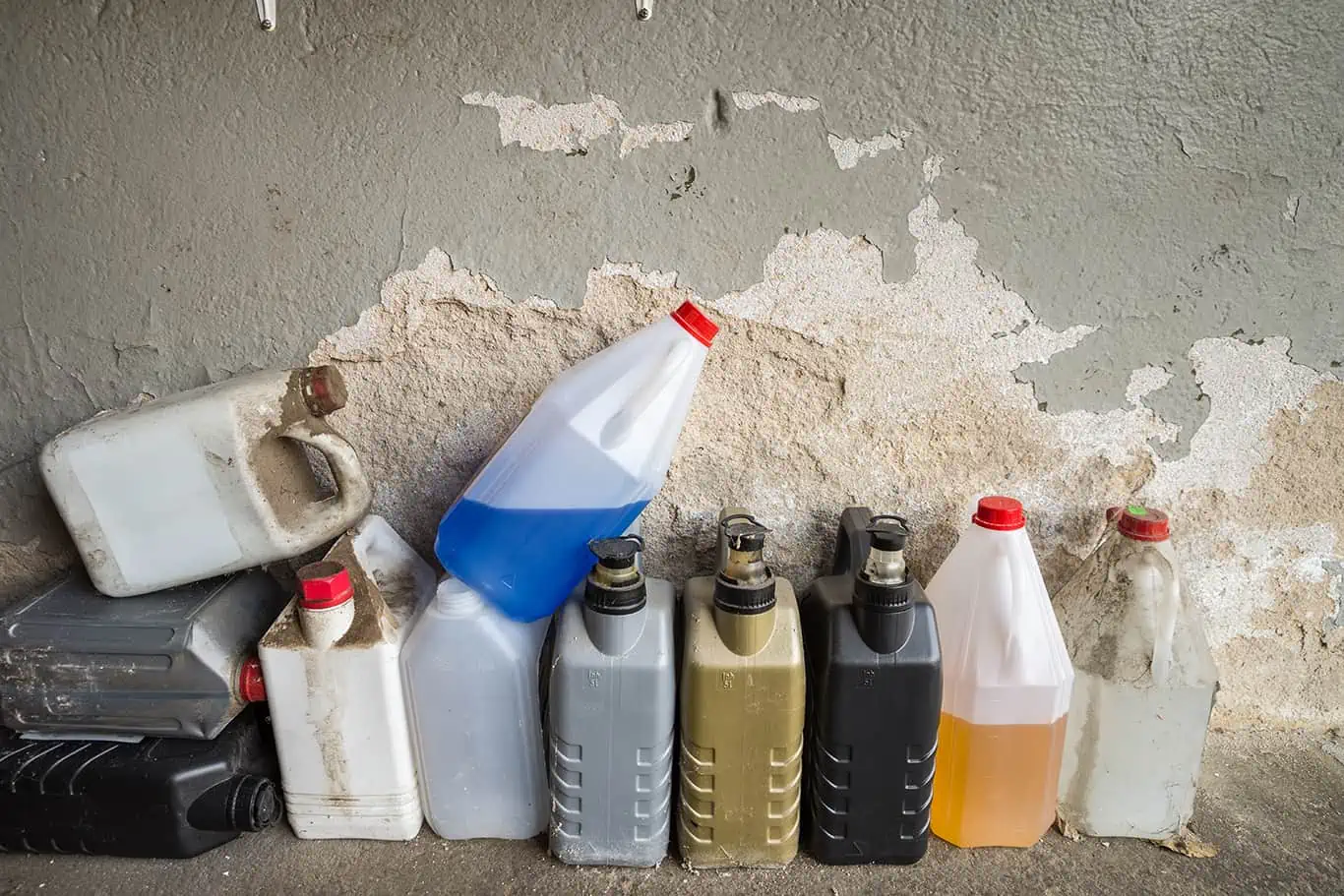As an artist, you probably consider yourself a bit of a free spirit. That’s a great quality when it comes to being creative, but a little less helpful when it comes time to move.
If you have an art studio full of supplies and one-of-a-kind works, the Herculean task of organizing, packing, and transporting it all requires a solid game plan and organization. But don’t worry, we have you covered with plenty of artist-recommended packing tips that’ll help you move your studio with as few hiccups as possible.
101 Moving Advice for Your Art Supplies (and Everything Else)
While your art supplies likely take up a big chunk of what you have to pack (and what you’re most concerned about), there are some tried and true tips that make any kind of move easier:
- A scheduled moving checklist is the best tool to ensure everything gets done. Give this one a try
- Creating a moving inventory prevents you from desperately going through boxes searching for something you need
- A move is a great time to downsize. This will speed up the packing and moving process and make it cheaper to move
- Hiring someone to do the loading and/or unloading for you, as well as having an idea of what you need to unload first (and therefore goes on the truck last) are both good ideas
What To Buy To Keep Your Paints From Spilling (and More)
Now is not the time to skimp on quality packing supplies. Sure, free boxes work when you’re moving into your first apartment. But for expensive and/or delicate art supplies, you’ll want to invest in heavy-duty materials.
- Sturdy cardboard boxes: We recommend buying at least a few boxes specifically designed for moving. They’re reinforced and are much sturdier than regular boxes, meaning there’s less of a chance that they’ll tear and scatter your art supplies everywhere. You can find specialty moving boxes at home improvement stores such as Home Depot and Lowe’s, as well as moving companies like ULINE and U-Haul.
- Crates: For heavier items, use plastic crates or tote boxes instead of cardboard! Plastic crates also make for excellent storage post-move.
- Packing peanuts: Filling space with packing peanuts means you won’t risk damaging your supplies with the constant vibration of your moving truck, especially on long-distance moves. Look for biodegradable options, which are plant-based and won’t add to landfills.
- Bubble wrap: This will help protect ink jars and other breakables while you move. Grab a roll from your local hardware store and cushion your delicate art supplies.
- Newspaper: Reusing newspapers is an eco-friendly way to protect your art studio supplies from potential harm. However, be sure you DO NOT use newspaper to wrap canvases, as the ink will transfer!
- Labels: Color-coded labels will make your unpacking process much easier and will save you from trying to locate specific items in a sea of boxes afterward.
- Plastic wrap: Choose smaller rolls of wrap for smaller items and bigger rolls for items like furniture. Plastic wrap is also great for keeping drawers closed and ensuring any small items ( like shelves and hardware) don’t get separated.
- Cardboard tubes: Ideal for packing loose artwork. Paintings or drawings without frames risk being creased or scratched while moving, but gently rolling them and storing them in cardboard tubes greatly reduces the likelihood of damage.
How To Pack All Kinds of Different Art Supplies
“Art” is a huge umbrella. You might be a traditional painter… or you might be into needlepoint or woodworking. But never fear, we reached out to several experts for tips on packing a huge variety of art supplies.
Brushes
What to watch out for: Even the cleanest brushes often have traces of paint and other materials left on them — and many of those materials are flammable. Either clean your brushes before packing them, or make sure you label any boxes that contain used brushes so you can unload them first.
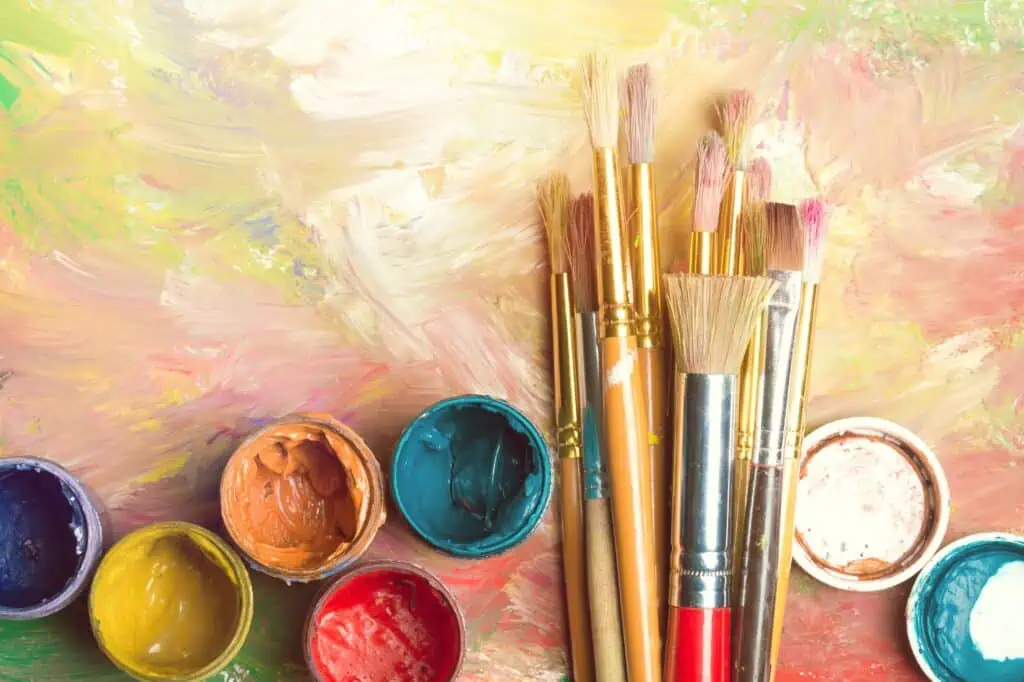
Paints
What to watch out for: Most paint is flammable, so for one, it should be packed carefully and clearly labeled. And for two, movers often won’t put buckets of paint on their moving trucks, so you might need to come up with an alternative transportation plan. If you’re unsure whether or not your paints are flammable, check the manufacturer’s labels. Take extra care to keep your paints out of direct sunlight.
“Chemicals like acetone, butane, and aerosol sprays are commonly found in art studios…most moving companies won’t move [them] due to the potential danger involved…double-check with the one you hired before loading any chemicals onto the truck.”
How to pack: Paint is notorious for leaking, even when the jars and tubes are tightly closed. Cover all of your paints individually in plastic wrap before packing them. This avoids an accidental abstract painting when you open up your moving boxes.
Canvases and finished artwork
What to watch out for: Certain packing materials, like newspaper and packing peanuts, can stick to your canvases or worse, transfer ink. The result is unwanted smears or imprints on the artwork you painstakingly created.
How to pack: Always use plastic or bubble wrap to protect your canvases and finished work before using other packing materials. Once your canvases or artwork are wrapped, pack them safely into boxes with paper and packing peanuts to provide further protection.
Ceramics
What to watch out for: Ceramics are more susceptible to breaking than other art supplies! If they aren’t adequately protected, protruding pieces like spouts and handles could break off as they move around inside your packing boxes.
How to pack: Use newspaper and packing tape to fill the voids under handles and spouts. The goal is to wrap them so securely that you can’t see or feel any delicate protrusions on your ceramic pieces. Wrapping them this way will make each piece bulky, but the extra bulk is worth the protection. Pack your wrapped pieces snugly in boxes or crates to avoid excess movement while driving.
See prices for local moving labor. Read real customer reviews. Easily book your help online.
Pastels, charcoal, pencils, markers
What to watch out for: Drawing utensils, especially charcoal and pastels, are delicate and need extra protection to avoid breakage while you move. The vibration from moving trucks and cars can easily cause pastels and charcoal to crumble, pencils to break, and markers to lose their caps.
How to pack: Bundle your pencils and markers and secure them with rubber bands. Once they’re bundled, cover them in plastic wrap. Place charcoal and pastels in small containers with lots of padding. Use paper towels, packing peanuts, or newspaper to cover the sides of the container before you pack them in boxes.
Cameras
What to watch out for: Cameras and camera equipment are pricey investments you want to protect. Watch out for cracked lenses and damaged internal components in your camera body when moving art supplies.
How to pack: If you have a hard shell case with dense foam for your camera, you’re all set! If not, line a small box with a few layers of bubble wrap to reduce vibrations, then wrap your camera body and lenses with soft fabric like an old t-shirt or blanket. Pack your camera and equipment in small boxes BEFORE placing them in larger moving boxes.
Lighting
What to watch out for: The last thing you want when you start unpacking is a box full of glass shards. Broken bulbs, as well as bent or creased shades, are the most important things to prevent when you move your art studio lighting.
“Give yourself plenty of wiggle room when estimating when a task should be finished — you never know what could come up, how tiring packing can be, or what you might have forgotten at the start. “
How to pack: Pack your lightbulbs separately from your other art supplies. Secure them in bubble wrap or place them in a box with packing peanuts. Gently wrap all lampshades in paper, then nest them in a box with packing peanuts. Make sure to label this box with “Nothing On Top” so your shades won’t get crushed by heavier items!
Chemicals
What to watch out for: Chemicals like acetone, butane, and aerosol sprays are commonly found in art studios, and they need special attention and care. In fact, most moving companies won’t move chemical substances due to the potential danger involved. Be sure to double-check with the movers you hired before loading any chemicals onto the truck.
How to pack: Make sure these items are wrapped in plastic, then placed into sealable bags before being put upright into a box. Clearly label the boxes and take them out of your vehicle before your other items. Also, pay attention to the temperature in your vehicle; allowing these chemicals to get too hot (or cold) while you’re traveling can be a hazard.
Easels
What to watch out for: Easels have many pointy pieces that can quickly damage other items you pack. To avoid unwanted damage, pay special attention to how and where you pack them.
How to pack: Take your easel apart and place any screws or extra parts in a plastic baggie. Wrap the pieces in bubble wrap and then tape everything together to hold them in place. Get a sturdy box and fill it with packing peanuts, then place the easel in the box and securely surround the pieces with packing peanuts.
Pottery wheels
What to watch out for: Keep an eye out for damage to the internal components of your pottery wheel. These wheels are sturdy, but they’ve got a lot of parts that could suffer damage from constant vibration during transport.
How to pack: First, wrap your entire wheel in plastic wrap. This helps to protect it by reducing vibration transfer and keeps everything snugly in place. Then use packing foam to line a box – ideally, one that just fits the foam and wheel. Finally, fill the empty spots around your wheel with packing peanuts before you close it up.
Moving far away?
Do it cheaper.
MovingPlace can save up to 40% compared to traditional interstate moving companies. Click here to learn how.
Soldering irons
What to watch out for: Soldering irons are special tools, and you don’t want to harm them while you move between residences. Wrap it properly to prevent damage to the delicate parts of your soldering iron.
How to pack: Cover your soldering iron in plastic wrap or bubble wrap first, then use newspaper to create a nest that protects any protruding ends that could damage other items. Box it up with your other art studio supplies and make sure everything is securely in place.
“DO NOT use newspaper to wrap canvases, as the ink will transfer!”
Model figurines and collectibles (e.g., cars, planes, trains, boats)
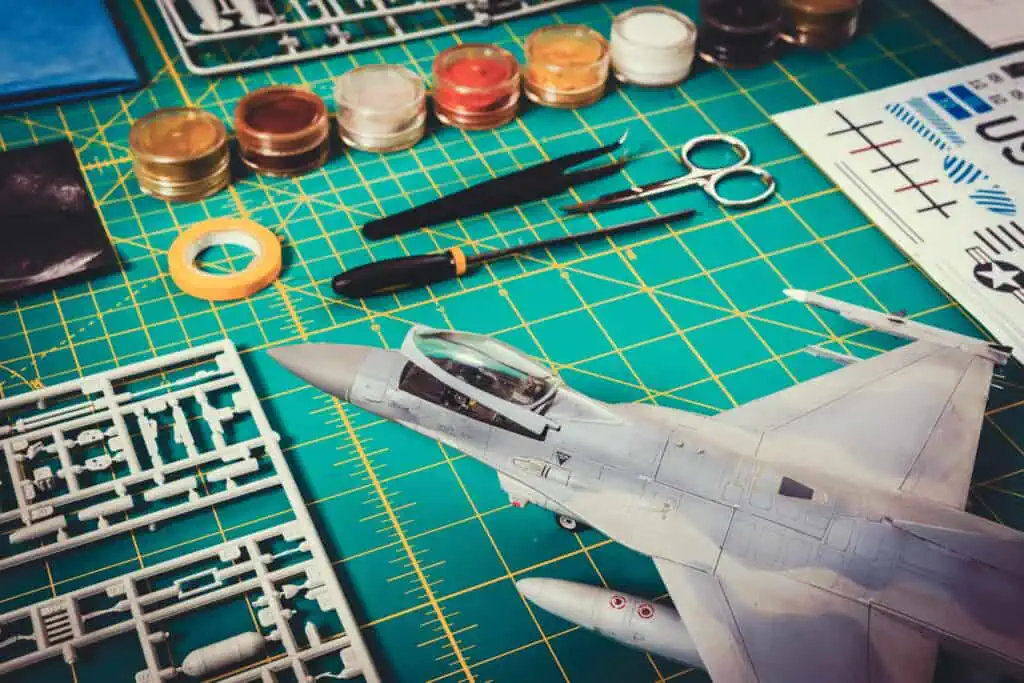
How to pack: Wrap each figurine in plastic to avoid scratches or paint transfer. Packing peanuts can stick to some paints, especially in the heat, and potentially cause damage when you remove items from your packing box. Instead, wrap your collectibles in pieces of cloth to avoid any unwanted damage.
Glass panes
What to watch out for: Glass breaks easily, of course. Sharp corners can pop through the outside of boxes if they’re not appropriately wrapped. Additionally, glass is heavy, so avoid overloading boxes or using ones that are too large to carry comfortably.
How to pack: Roll glass panes in newspaper that’s bent at a 90-degree angle to create bumpers for each corner. Tape these securely with packing tape. Then, using packing tape again, create an ‘X’ across one side of the pane. This helps to reduce the chance that your glass will crack in transit. Finally, pack your glass panes together in a box with plenty of packing peanuts and bubble wrap for cushioning.
String and yarn
What to watch out for: Knitters and crocheters know that yarn is super important — and occasionally, super expensive. Some styles of yarn are also quite flammable, like yarns made from acrylic and acrylic blends. Sounds crazy, but keep these yarns away from items like paint, chemicals, and other combustibles.
How to pack: After securing the ends of each skein to prevent tangles, neatly place them into a box. You can pack other things in this box that are breakable and use the yarn as cushioning. Just make sure that anything you pack with your yarn can’t leak.
There’s no doubt about it — packing your art supplies is quite the task. And without a plan, you might lose a few of your favorite tools and works of art in the process. The good news is that you can make the process a lot more organized and low-stress by following some artist-recommended tips.


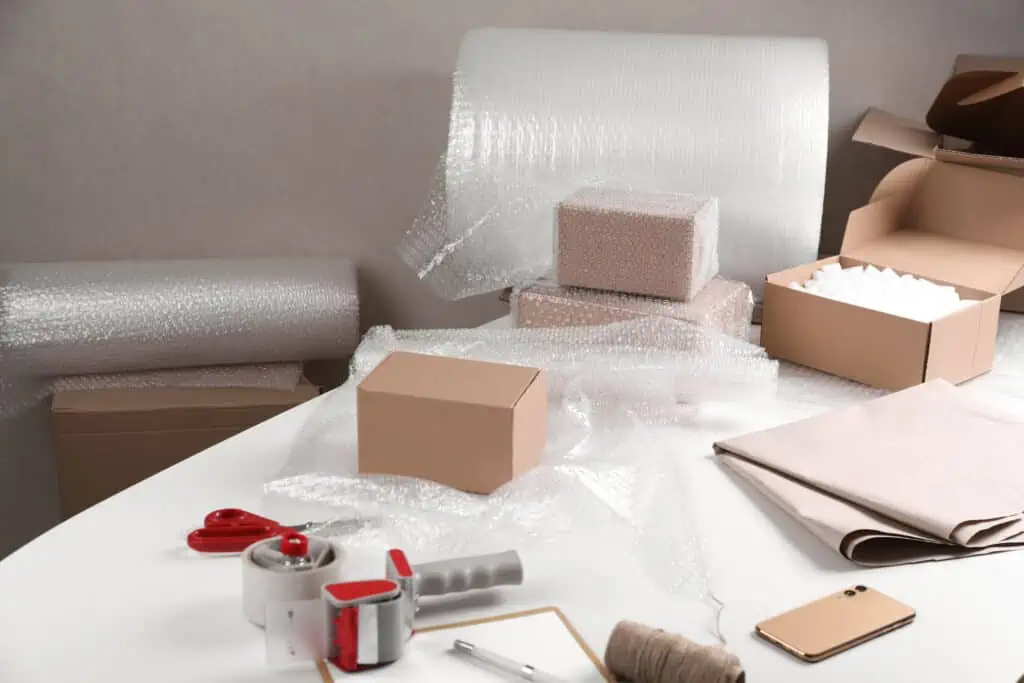
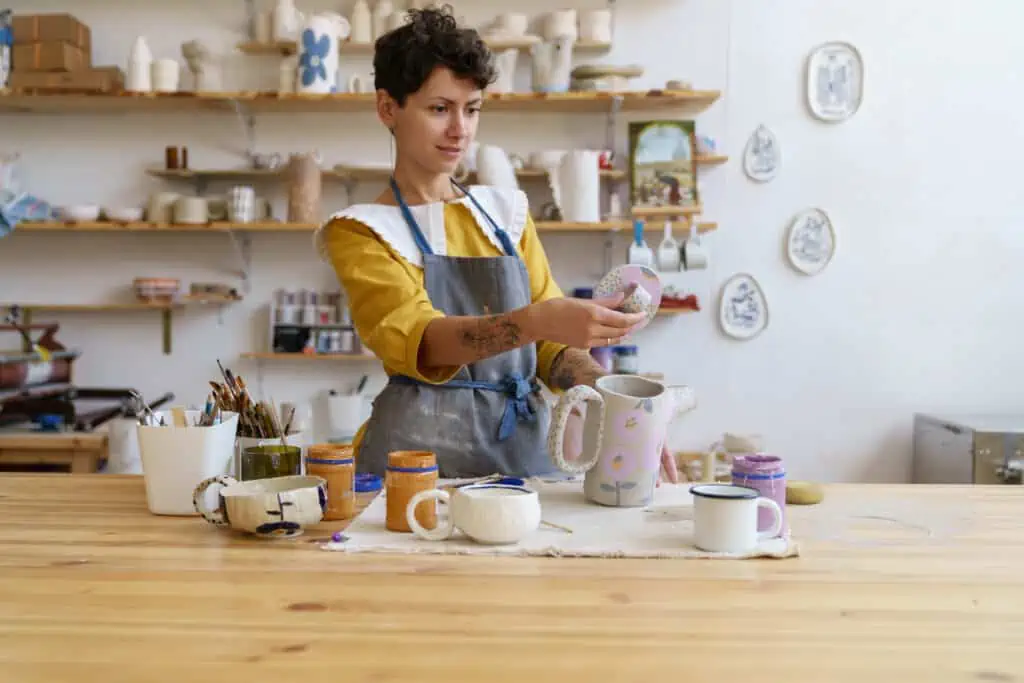

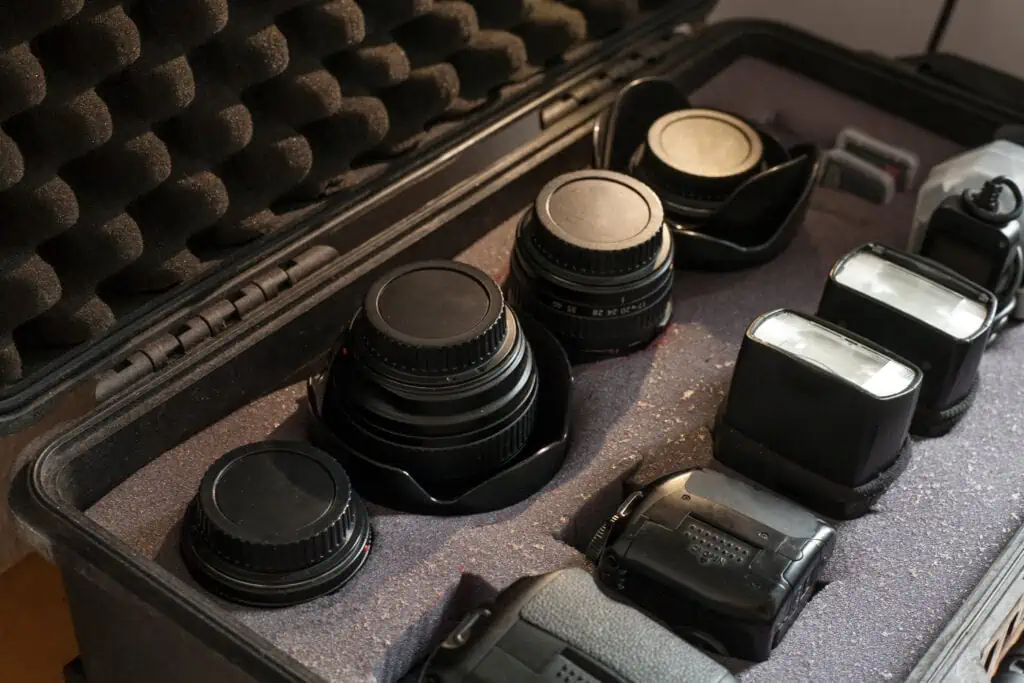
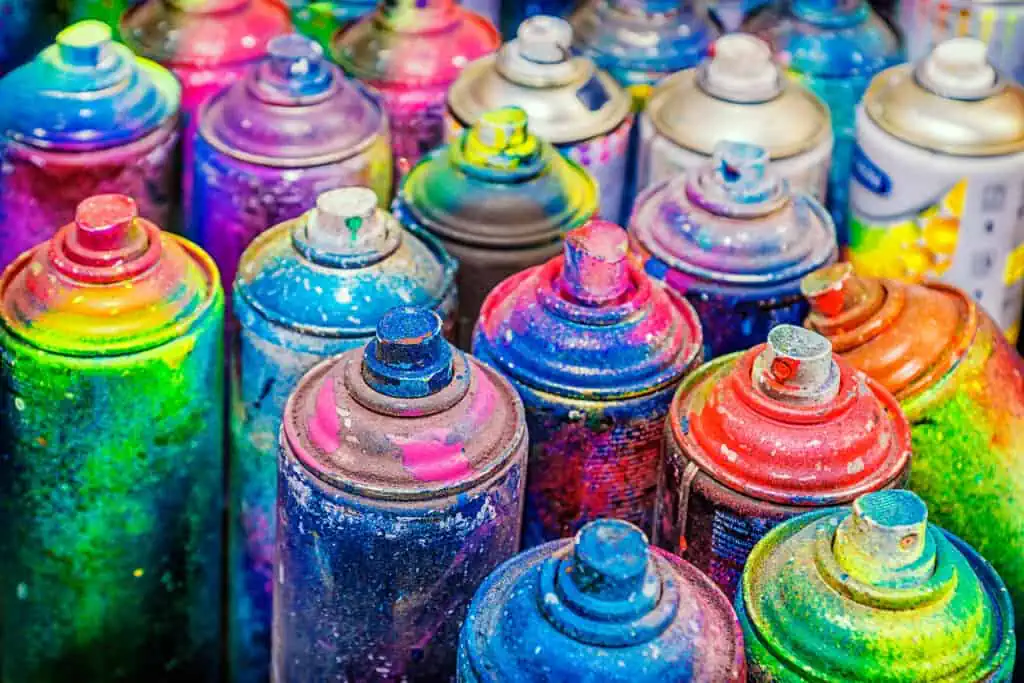
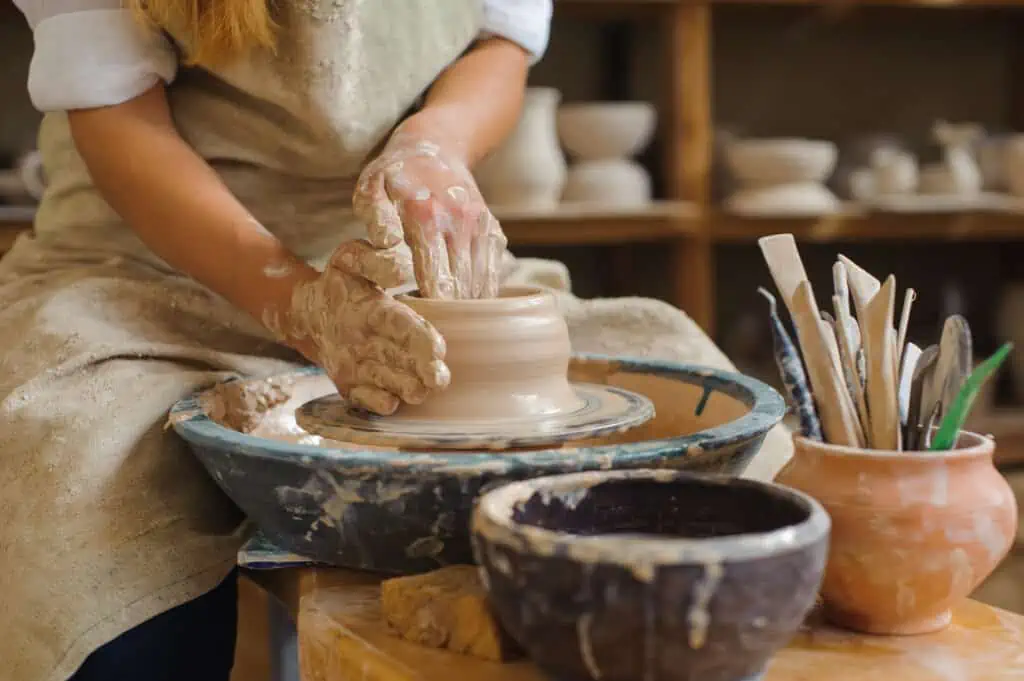

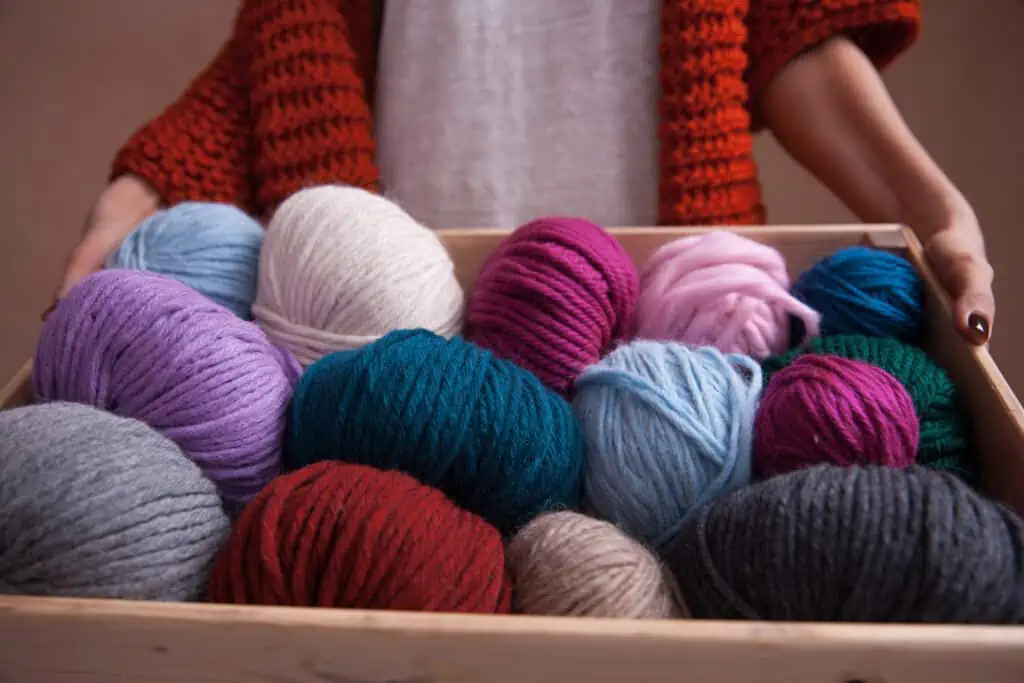
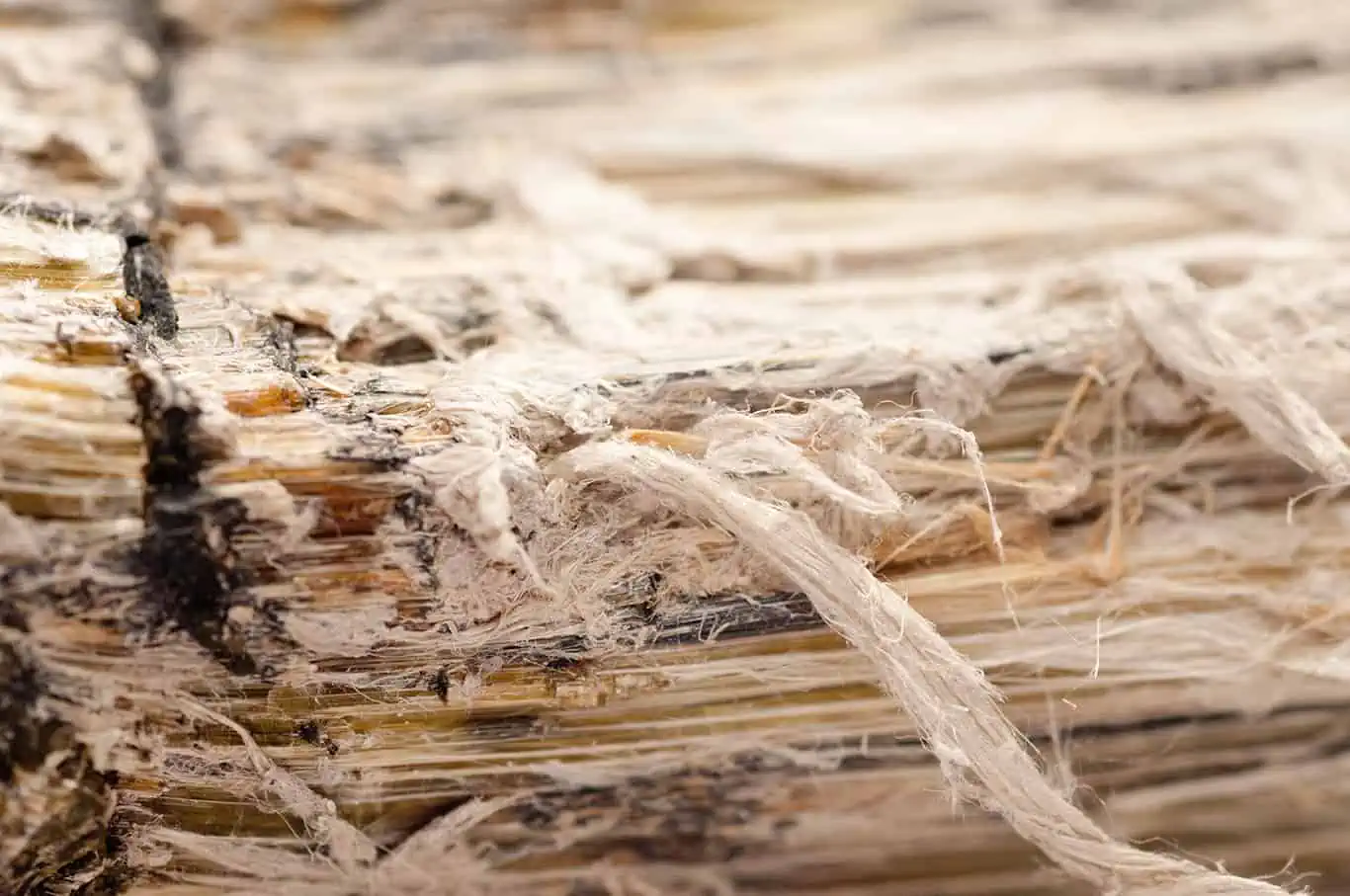
 What happens with asbestos is this: when disturbed, the asbestos particles are released into the air and then unknowingly inhaled. Those particles get caught in the lining of vital organs. Consistent exposure can cause cancer,
What happens with asbestos is this: when disturbed, the asbestos particles are released into the air and then unknowingly inhaled. Those particles get caught in the lining of vital organs. Consistent exposure can cause cancer, 


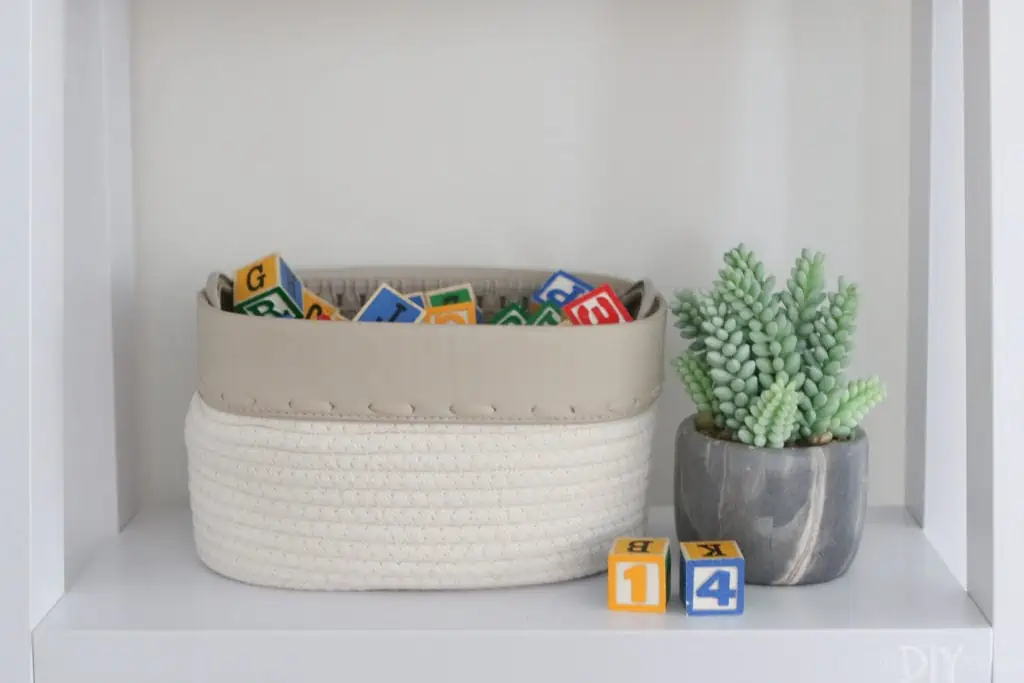
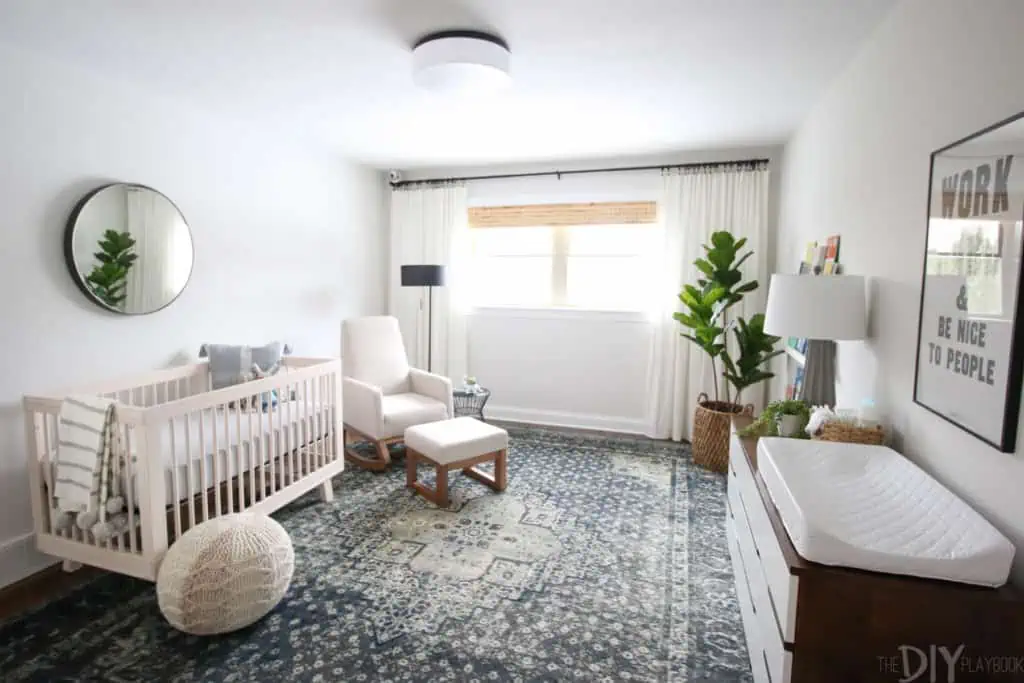
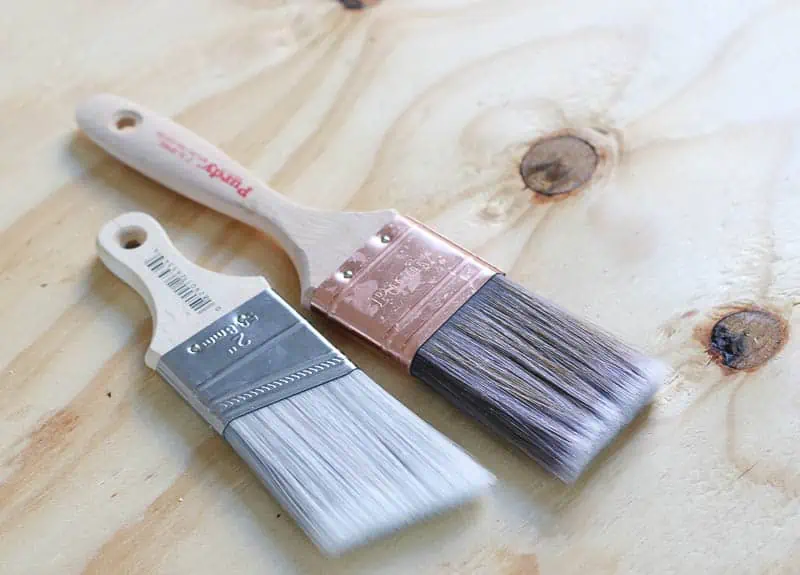
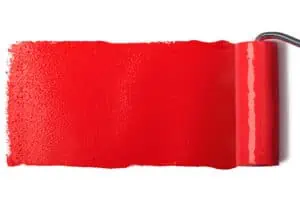

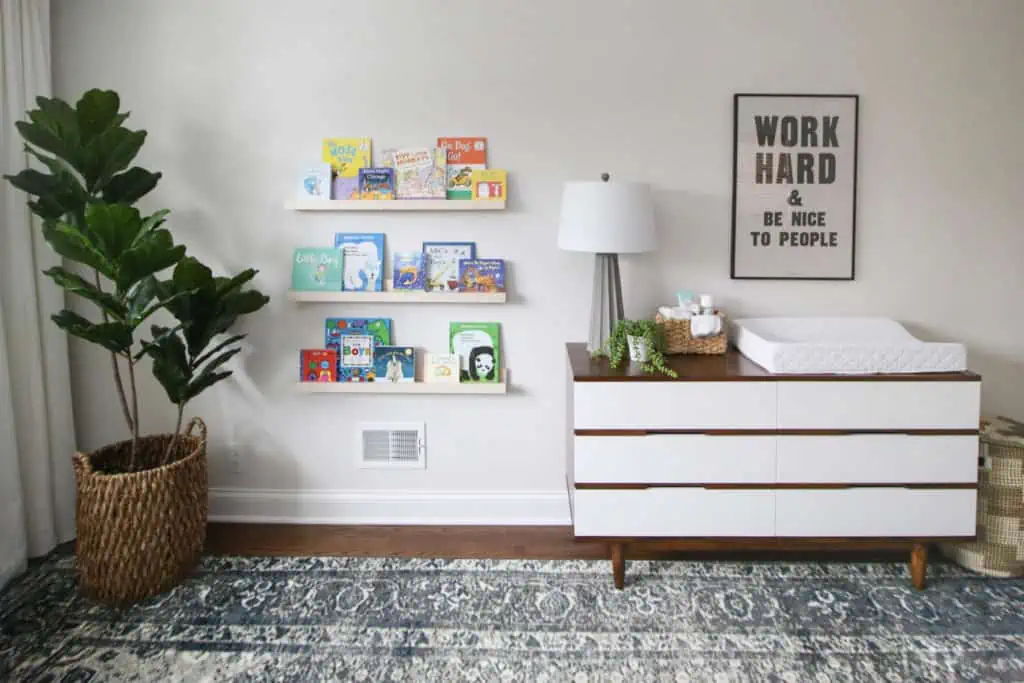
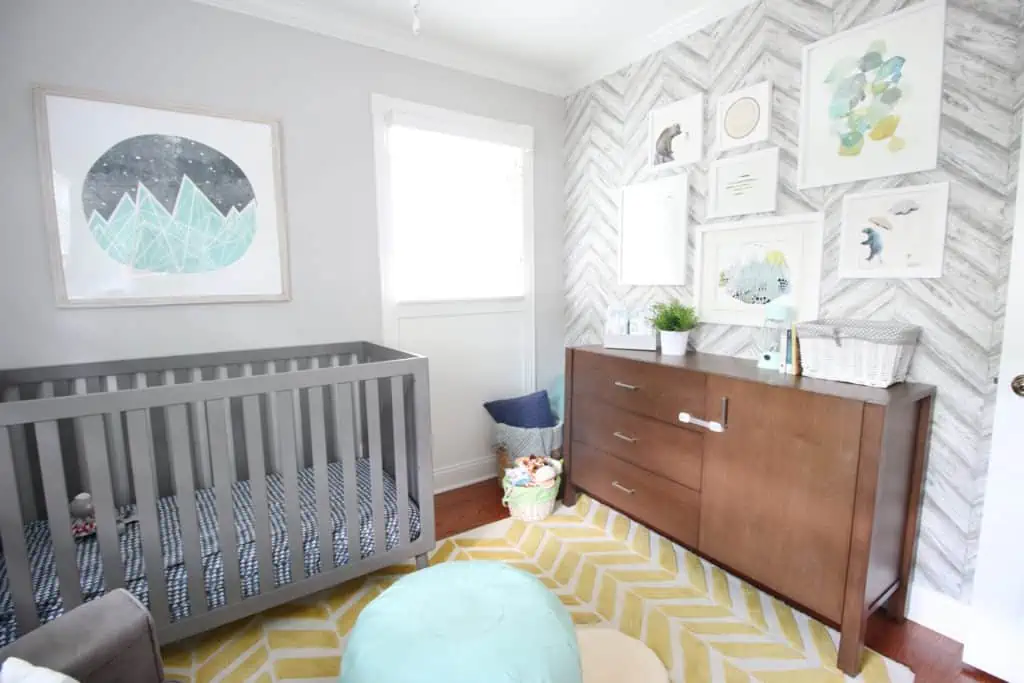



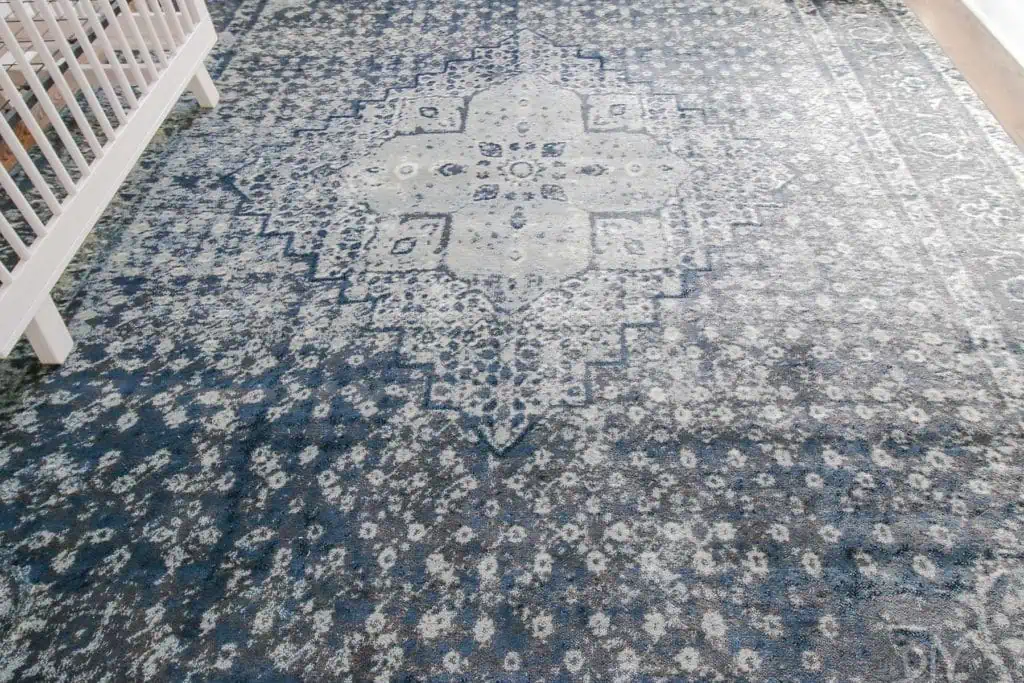
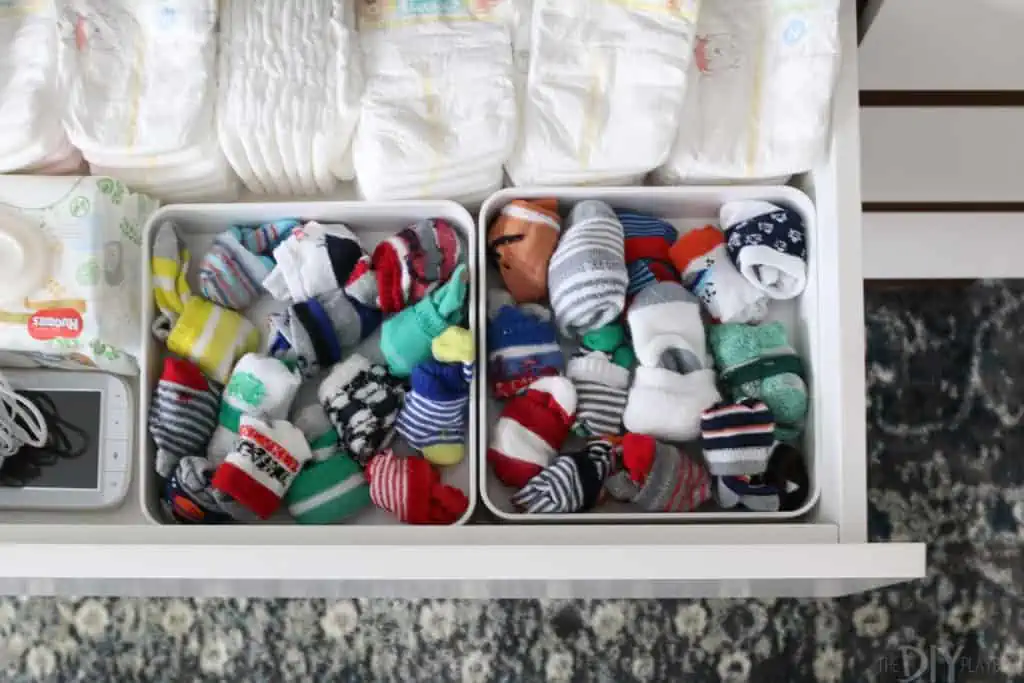
 The first thing we did was add hooks to the walls. Today, they work for a baby’s towel, but later on that same hook will be a perfect spot for your little one’s book bag.
The first thing we did was add hooks to the walls. Today, they work for a baby’s towel, but later on that same hook will be a perfect spot for your little one’s book bag.
